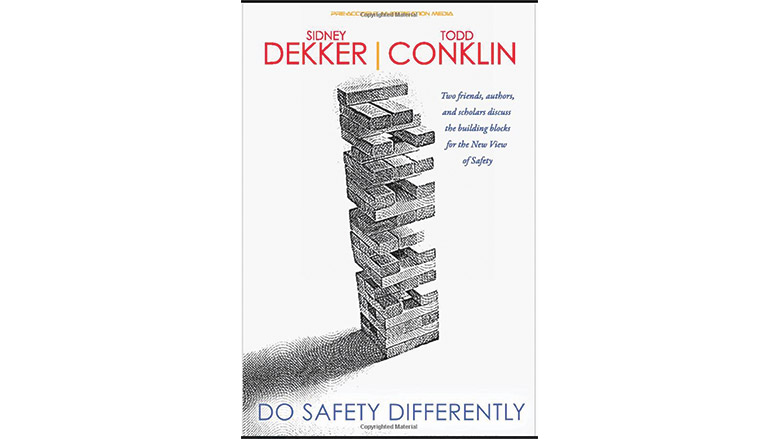Sometimes the most important ideas take a long time to sink in. Two books that have helped to reshape ideas about occupational safety, published by the same academic press in 2014 and 2012, are Sidney Dekker’s The Field Guide to Understanding ‘Human Error’ and Todd Conklin’s Pre-Accident Investigations.
Those books and others by the authors essentially became wellsprings of increasingly popular safety thinking that is refreshing, although sometimes unsettling, and which count industry companies such as power sector giant Quanta Services as adherents.
The approach, sometimes called human and organizational performance, assumes workers will make errors and that emphasis should be on the work environment and processes to prevent severe injuries rather than on discipline for breaking safety rules.
'Safety clutter can be dangerous by compounding risk and making things less transparent, sucking up time and resources and distracting people from what they should be looking at.'
Sydney Dekker and Todd Conklin in Do Safety Differently
Dekker, director of the Safety Science Innovation Lab at Griffith University in Brisbane, Australia, and Conklin, who had a long career in safety at the Los Alamos National Laboratory in New Mexico and now hosts the Pre-Accident Podcast, have written and self-published a slim, easy-to-read volume called Do Safety Differently (209 pages, $38). Despite the authors’ deep knowledge of the field, this new volume is easy to absorb, full of good stories and likely to penetrate thick, skeptical heads like mine that were often absorbed with regulations, investigating incident root causes and the never-ending quest for zero-safety breakdowns.
The contrast between the authors’ human factors approach and behavior-based safety—which emphasizes individual worker decision-making and motives—is clear, but stated only in the book’s forward. The behavior-based approach can lead to blaming individuals for violations, which the authors say is appropriate only for something such as drug or alcohol use. Otherwise, what’s needed is honest open talk about what happened, they say. Dekker and Conklin believe workers routinely perform their tasks safely in ways management is not aware of. When things go wrong, as they inevitably do, the authors are more interested in the how than the why, and especially wish to avoid faulting individuals who respond to conditions they cannot control.
One of the book’s most biting sections concerns the layers of cluttering safety bureaucracy and rules that companies accumulate even when there is no government regulation, actually self-imposed red tape. “Safety clutter can be dangerous,” Dekker and Conklin write, “by compounding risk and making things less transparent, sucking up time and resources and distracting people from what they should be looking at.”
Dejection of Safety Staff
Another keenly relevant part points to dejection felt by staff put in the position of being the safety police, whose job is to enforce the ever-growing tangle of rules.
While the U.S. has successfully reduced occupational injuries over the last 50 years, fatalities have just plateaued—so the desire for change is palpable. Construction, with its changing projects and work crews, is a special challenge. How far this new view of safety will go in the industry is unclear, but new ideas are already seeping in via programs such as Prevention Through Design. This small book is a good place for the uninitiated in construction—and slow adaptors—to start.
Deputy Editor Richard Korman edits ENR’s national commentary and helps supervise coverage of the workplace.






Post a comment to this article
Report Abusive Comment